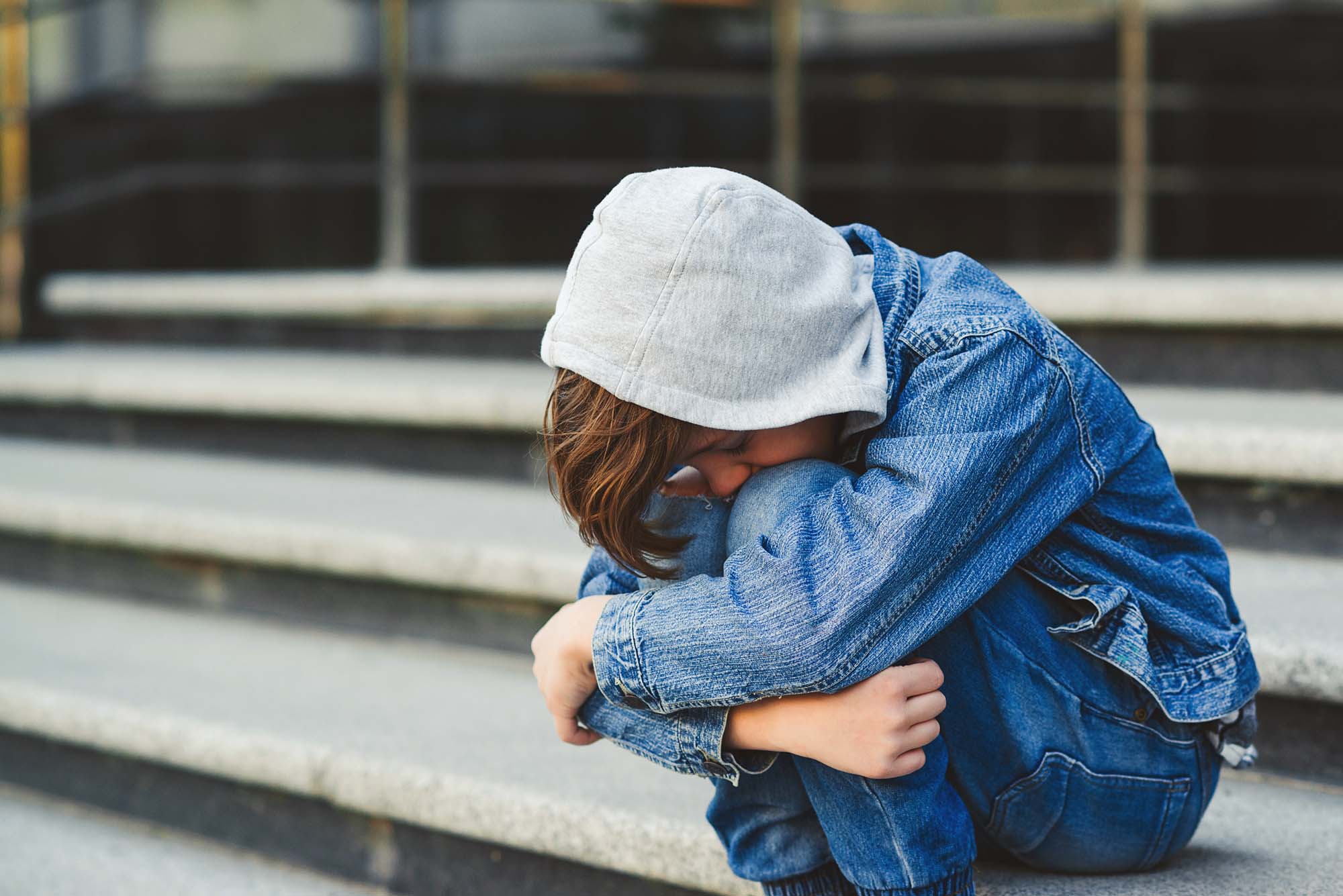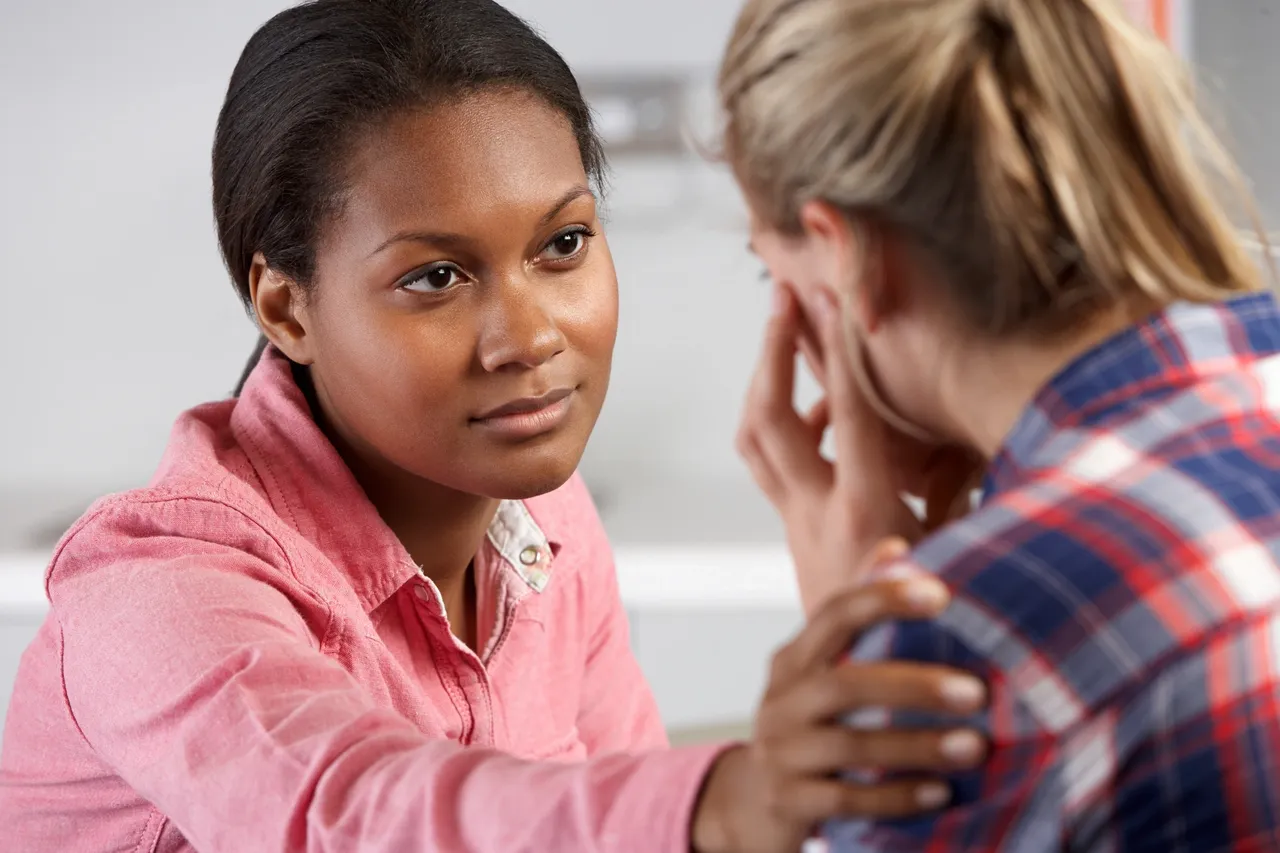Teen Self-Harm Behaviors
Watching your teen struggle with self-harming behaviors can be heartbreaking and confusing—but you’re not alone, and compassionate support is within reach. At Build Bright Care Group, we’re here to help you understand what your child is going through—and most importantly, how they can begin to heal in a safe, structured environment. Located in Los Angeles, California, our residential treatment program provides specialized care for adolescents who engage in self-injury, combining clinical expertise with a deeply personalized approach to help teens develop healthier coping strategies and build lasting emotional resilience.
Find out if your insurance will cover the cost of treatment.
"*" indicates required fields
Teen Self-Harm Behaviors Treatment in Los Angeles, CA
Understanding and Supporting Your Teen With Self-Harm
At Build Bright Care Group, we understand that self-harm behaviors can be deeply distressing for both teens and their families. We’re here to provide you with some information to help you navigate the challenges of your teen’s mental health journey.
Our team aims to empower you to support your teenager through this overwhelming time, fostering understanding, resilience, and hope. With our collective expertise and compassionate approach, we stand by your side, ready to guide you towards effective intervention and healing.
What Are Self-Harm Behaviors in Adolescents?
Self-harm behaviors in teens are intentional, non-suicidal actions that they engage in to inflict harm or injury upon themselves. These behaviors are often used as coping mechanisms to manage overwhelming emotions, or to regain a sense of control in the midst of emotional distress.
It’s important to note that self-harm behaviors are typically not suicide attempts, but rather maladaptive coping strategies to alleviate emotional pain or distress. However, self-harm can lead to serious physical injury, infections, and long-term consequences, if left untreated. Seeking professional help and support is essential for teens struggling with self-harm behaviors to address the underlying emotional issues and learn healthier coping mechanisms.
Teens Typical Self-Injurious Behaviors
Cutting:
Scratching:
Burning:
Hitting or Banging:
Hair Pulling:
Biting:
Picking or Peeling Skin:
Interfering with Wound Healing:
Why Do Teenagers Self-Harm?
Teenagers may engage in self-harm for various reasons, which can be complex and multifaceted. Many teens who self-harm may often present with various mental health diagnoses, including depressive, anxiety, or trauma disorders.
It’s important to note that self-harm can occur in individuals with or without diagnosed mental health conditions, and each case is unique.
Seeking professional evaluation and treatment is essential to address underlying issues, provide appropriate support, and develop effective coping strategies for teens struggling with self-harm.
Common Reasons for Teen Self-Harm Include

Coping With Emotional Pain
Self-harm may serve as a maladaptive coping mechanism for managing overwhelming emotions such as sadness, anger, or anxiety. Inflicting physical pain on oneself may provide temporary relief from emotional distress, or serve as a distraction from inner turmoil.
Expressing Inner Turmoil
Adolescents may struggle to verbalize or communicate their feelings effectively, leading them to express their emotional pain through self-injury, as a way to externalize internal struggles and seek validation or understanding from others.
Seeking A Sense of Control
Self-harm can provide a sense of control in situations where teens feel powerless or overwhelmed by external stressors, conflicts, or traumatic experiences. By self-injuring, teens may feel a temporary sense of control over their bodies and emotions.
Coping With Trauma or Abuse
Teens who have experienced trauma, neglect, physical, emotional, or sexual abuse may turn to self-harm, as a means of coping with unresolved trauma or regaining a sense of agency in situations where they feel victimized or powerless.
Managing Self-Esteem or Body Image
Adolescents struggling with low self-esteem, body dysmorphia, or negative body image may engage in self-harm, as a way to punish themselves for perceived flaws or inadequacies or to exert control over their bodies.
Seeking Attention or Validation
In some cases, self-harm may be a cry for help, or a way to attract attention or validation from peers, caregivers, or authority figures. Teens may hope that visible signs of self-injury will prompt others to intervene or offer support.
Cultural or Peer Influence
Exposure to self-harm behaviors among peers, online communities, or media portrayals may normalize self-injury and influence susceptible adolescents to emulate these behaviors, as a means of fitting in or belonging to a social group.
Release of Tension or Numbing
Some teens may engage in self-harm as a way to release pent-up tension, frustration, or emotional numbness. The physical pain of the self-injury may serve as a form of catharsis to momentarily escape from overwhelming sensations.
What Are the Typical Signs of Self-Harm in Teens?
Common warning signs of self-harm in adolescents may include:
Unexplained Wounds or Injuries:
Frequent Use of Covering Clothing:
Isolation and Withdrawal:
Unusual Behavior Around Sharp Objects or Tools:
Presence of Blood or Bloodstained Items:
Lack of Explanation for Injuries:
Changes in Mood or Behavior:
Difficulty Coping with Stress or Emotions:
Secrecy or Attempts to Hide Behavior:
Presence of Self-Harm Tools or References Online:
It’s important for parents and caregivers to remain vigilant and observant of these signs, as early intervention and support can help teenagers address underlying issues and develop healthier coping mechanisms. If you suspect your teen is engaging in self-harm, it’s crucial to approach the situation with empathy, understanding, and a willingness to seek professional help and support.
Our Residential Treatment for Teen Self-Harm:
Our residential treatment program offers a safe, structured environment where teens can fully focus on recovery from self-harm. With 24/7 care from licensed mental health professionals, adolescents receive immediate support during emotional crises.
This level of care is ideal for teens recently hospitalized or when outpatient therapy hasn’t reduced self-injurious behaviors. Our comprehensive treatment addresses the root causes of self-harm, helping teens build healthy coping skills and manage suicidal thoughts in a secure, real-world setting.
Teens also benefit from peer support, connecting with others facing similar challenges, and leave with a personalized discharge plan for continued success at home.
Our Comprehensive Adolescent Care for Depression

Individual therapy
Family therapy
Group therapy
Psychiatric services
Medication management
Mindfulness
Journaling
Coping skills groups
Yoga
Addictions & use of technology groups
Music therapy
Art assisted therapy
Physical fitness
Life skills groups
Surf therapy
Outings & recreational activities
School & IEP support
Get to Know Build Bright


Our Program
We're changing lives with our creative program, sparking innovation and empowering individuals along the way.

Our Approach

When Should You Consider Residential Treatment?
We help you determine the right time for residential treatment consideration.
Frequently Asked Questions
Can self-harm lead to more serious mental health issues or suicidal behavior?
How do I know if my teen needs residential treatment for self-harm?
How can residential treatment for self-harm benefit my teen's long-term recovery?
How long does residential treatment for teens last?
Will my teen continue schooling during residential treatment?
Is family involvement encouraged in teen residential treatment?
What after-care support is available post-discharge?
Do you accept health insurance?
Teen Self-Harm Behaviors Blog
Self-harm refers to deliberate and non-suicidal acts of self-injury, often done to cope with overwhelming emotions or distress. It's important for...







